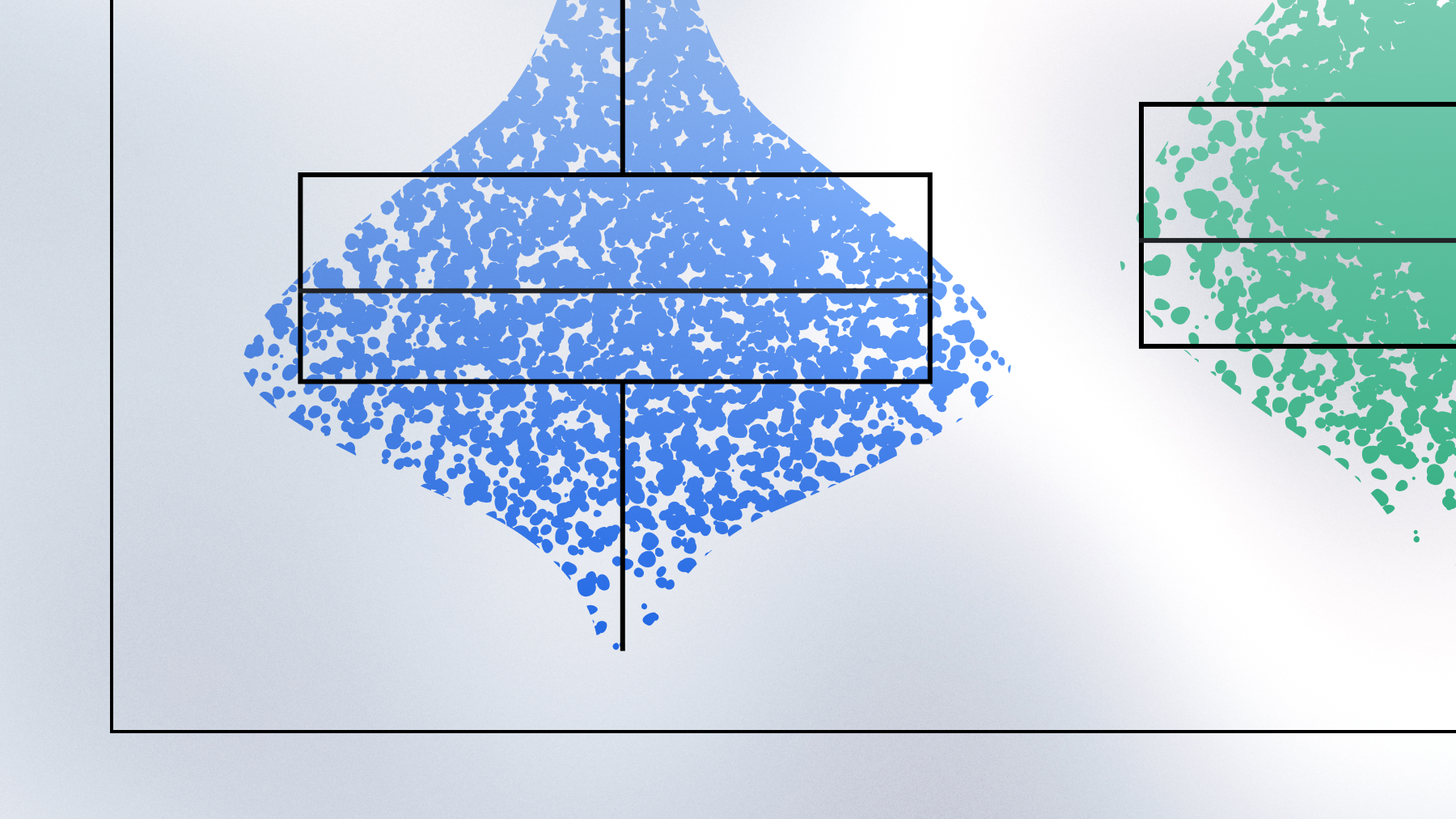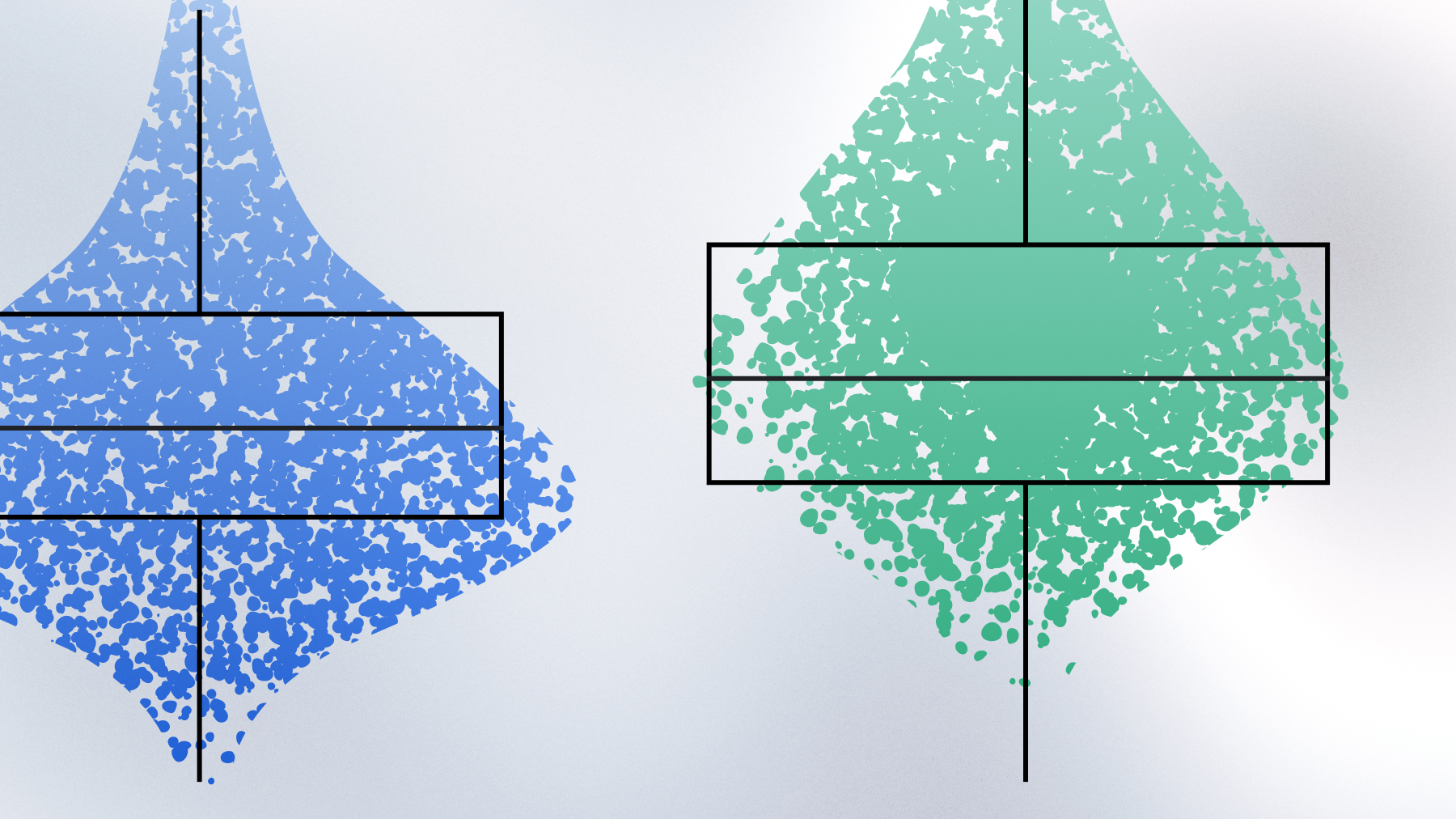-
PROVIDERS
New MRD Medicare Coverage for Select Indications*
*When coverage criteria are met. Additional criteria and exceptions for coverage may apply.
-
LIFE SCIENCES
REGISTER NOW
UPCOMING WEBINAR
Pioneering decentralized oncology trials: Success at the nation's largest community practices -
PATIENTS
It's About Time
View the Tempus vision.
- RESOURCES
-
ABOUT US
View Job Postings
We’re looking for people who can change the world.
- INVESTORS
Characterizing the immune microenvironment across NSCLC metastatic sites
RWD analysis reveals distinct immune profiles between primary and metastatic NSCLC tumors
Contact us
Learn more about Tempus or explore more Lens research projects.


